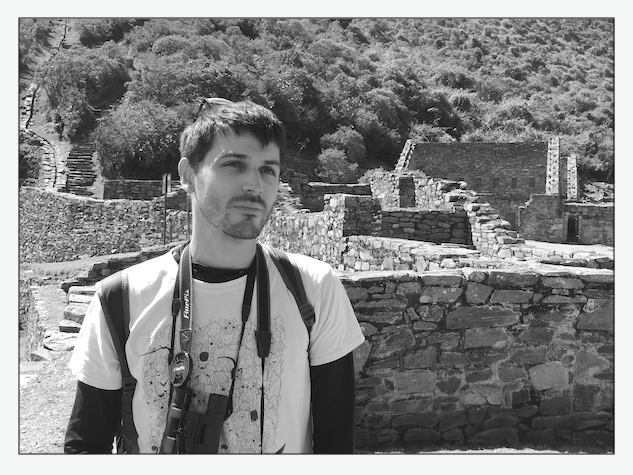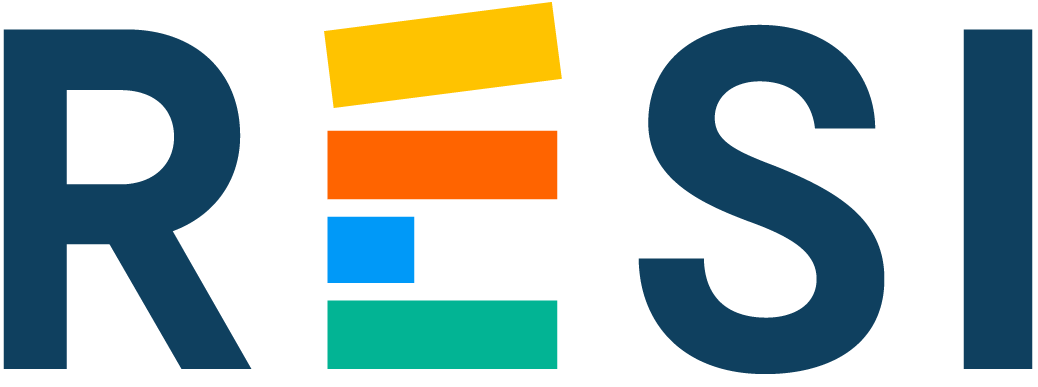About Me

I am a consultant, developer and lead engineer. I advise & help bootstrap startups, lead technical teams & code in Ruby & JavaScript.
I also love building things & open source.


Happy customers







How I can help
From advice on starting out, to technical feasibility, software development and team management.
Senior backend developer
Building and architecting backend systems. Most recently with Ruby but previously with JavaScript and TypeScript.
Technical guidance & leadership
Advising on technical team setup, development practices and leading technical teams.
Due diligence
Undertake technical due diligence for acquisitions or funding rounds.
Product discovery & feasibility
Help understand your product and startup from the ground up. Work within a close knit team of product experts to get you off the ground.
I worked with Steve on a relatively complex re-architecture project that involved technical planning/decision making, and leading the project. I'd say he's a natural engineer - with a real grasp of software/systems concepts, and a good clear technical thinker. I'm looking forward to working with him on more projects in future.
Steve is a consummate professional - every piece of work he undertakes with considerable skill, diligence and enthusiasm, to an extremely high standard. Comfortable with both front and back end work, he is one of the few engineers I have met that I would recommend without hesitation. To top it all off, he is a thoroughly nice chap as well!
Ready to dive in? Start with a free consultation.
Past experience
Find me on Linkedin to learn more
Remote consulting & web development services (see more here).
Myself and my partner setup a small dev collective/agency called Mangrove Root in London which provided design, technical and project management experience to startups.
We helped businesses take ideas from conception and ideation to their deployed MVP, advising on the way on topics such as customer segmentation, research, UX, KPIs and metrics, platform architecture & stack, team structure and working methodologies.
I provided the technical advice, designed new platform architectures & lead technical teams
Lead Ruby developer at Hassle.com (acquired by Helpling GmbH).
As one of the first hires at Hassle I helped architect and develop the platform which then became one of the primary reasons for the acquisition.
I led a small team of 4 developers and worked with stakeholders across the business. I was passionate about building tools that empowered the customer support team and the independent cleaners who used the service to find work.
Technical team lead and full-stack JavaScript developer at zeebox/beamly (acquired by COTY).
I worked with stakeholders across the business as part of an agile product development process. I led a cross functional team and developed numerous backends with node.js
Researcher; PhD in image and video processing and compression (MEng Electrical & Electronic Engineering)
research
Find me on Google scholar to learn more
PhD in Image and Video Processing
2006 - 2011 University of Bristol, UK.
Image segementation, image compression, texture analysis & texture synthesis.
UoB Research Reception • 2008 (First prize for research on image compression using higher level perceptual
redundancy.)
PhD Thesis: Content Based Image Compression Using Texture Analysis and Synthesis
Stephen Paul Ierodiaconou • March 2011University of Bristol • ISN:0000000427060572
Abstract:
Since demand for image and video content continues to outstrip available bandwidth there is a need for improved image and video compression techniques. However, improvements in traditional approaches are providing diminishing returns and thus new redundancies in visual content must be exploited. In this thesis a new architecture for image compression is proposed in which textures are removed from a source image and replaced using perceptually similar synthesised textures during decoding. Implementations for two codecs are presented, one block-based and open-loop and the other wavelet based with a synthesis quality-assessment feedback loop. In both techniques texture regions are located and the homogeneity assessed. Three homogeneity techniques are described and evaluated. For the texture synthesis process patch-based techniques are used. These are combined with region colour reconstruction techniques of which two are described and assessed. Common synthesis artefacts are determined and then two artefact detection techniques are proposed and discussed. Finally a new texture synthesis technique is described, which builds upon the findings of the prior work, and introduces a patch placement optimisation scheme that incorporates a spatial model of the sample texture to ensure the global structure of the synthesised texture is maintained. Results for the proposed algorithms are given to validate their performance and images coded using the two image compression architectures show savings of up to 26% over JPEG and up to 11% over JPEG2000 at the same quantisation. The perceptual quality of the results is discussed and, where appropriate, improvements suggested and otherwise the limitations highlighted. The results indicate that utilising higher level perceptual redundancies can indeed offer significant benefits to compression although more research is needed from both the fields of the psychology of vision and image processing.
Conference papers
Unsupervised image compression using graphcut texture synthesis
S. Ierodiaconou, J. Byrne,
D.R. Bull, D. Redmill & P. Hill
IEEE International Conference on Image Processing - Nov 2009
An unsupervised image compression-by-synthesis system is proposed utilising wavelet based image segmentation and analysis combined with patch based texture synthesis. High perceptual quality is ensured using an artefact detection algorithm in the encoder loop. EBCOT is used to transform code texture samples and residual image data. Resulting bitrate savings of up to approximately 17% over JPEG2000 for little change in perceptual quality have been shown.
Unsupervised image compression-by-synthesis within a JPEG framework
J. Byrne, S. Ierodiaconou, D.R. Bull, D. Redmill & P. Hill
IEEE International Conference on Image Processing - Oct 2008
An image compression scheme is proposed, utilising wavelet- based image segmentation and texture analysis, and patch- based texture synthesis. This has been incorporated into a JPEG framework. Homogeneous textured regions are identified and removed prior to transform coding. These regions are then replaced at the decoder by synthesis from marked samples, and colour matched to ensure similarity to the original. Experimental results on natural images show bitrate savings of over 18% compared with JPEG for little change in measured visual quality.
Implementation and Optimisation of a Video Object Segmentation Algorithm on an Embedded DSP Platform
S.P. Ierodiaconou,N. Dahnoun and L.Q. Xu
IET Conference on Crime and Security - Jun 2006
The Gaussian mixture model (GMM) is a popular algorithm employed for visual scene segmentation. In this paper we present an investigation into a real-time implementation of the algorithm on an embedded TI DM642 DSP platform suitable for outdoor and indoor surveillance applications. We present a number of possible implementations in fixed-point arithmetic and investigate their respective performances over varying model parameters. We discuss a number of different optimisations capitalising on the DSP architecture that lead to a flexible and efficient video object segmentation working prototype system.